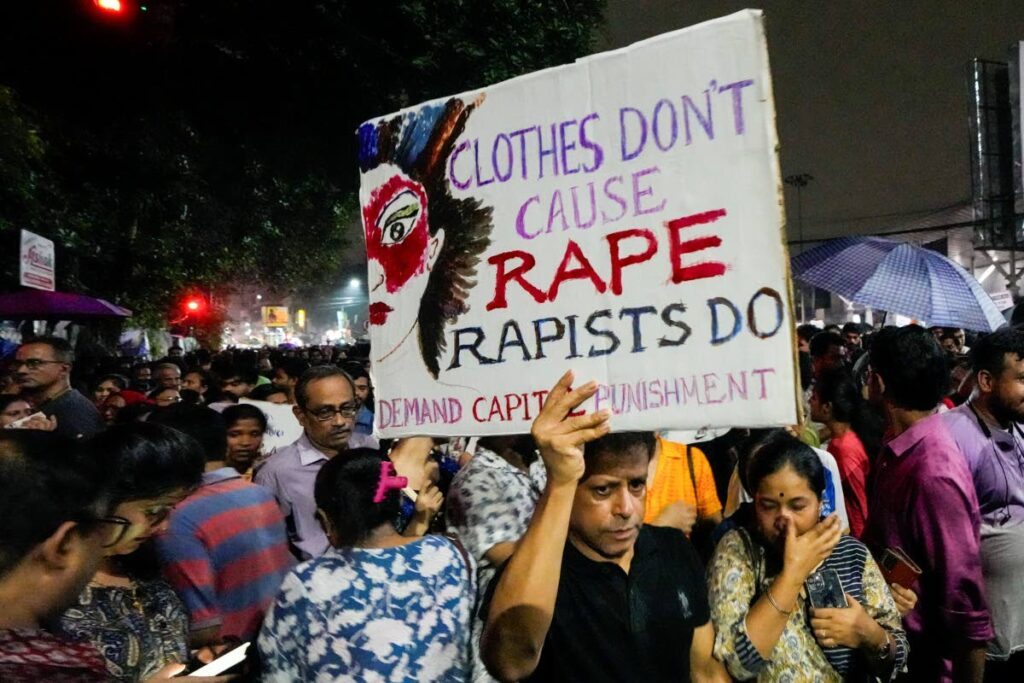India’s outrage

INSTEAD of its usual Independence Day commemorations – held every year on August 15 – India was rocked by virulent protests which saw thousands of people march through streets across several cities, the ransacking of a medical college and the forced suspension of services at all state hospitals.
The spark that ignited the flame was the rape and murder of a 31-year-old trainee doctor. She was attacked not in her home nor on the street nor in a bus, but during a break in her shift at a state-run hospital in Kolkata, days before. A volunteer police officer was arrested and five officials were questioned, but the case has since been transferred to federal investigators after allegations of a botched probe.
Protests have been happening at midnight. More than 8,000 government doctors have joined the crowds. There have been calls for not only justice in cases of gender-based violence, but also for safer working conditions at hospitals.
Such has been the groundswell, India’s Prime Minister Narendra Modi was forced to address it in his independence address.
“There is outrage against this in the country,” he said. “I can feel this outrage.”
The fury is the mark of a hardening of public sentiment in a country in which crimes against women and girls, ranging from gang rape to immolation, are all too common. While there has been similar fury before, there is the feeling of people being utterly fed up; of India having reached a nadir.
When a 23-year-old student was brutally gang-raped and killed on a moving New Delhi bus in 2012, that attack triggered massive protests, harsher laws and the creation of so-called fast-track courts.
Stalking and voyeurism were criminalised, the age of criminal responsibility reduced from 18 to 16. The death penalty was introduced for cases involving minors.
Despite this, nothing has changed.
In fact, the picture has worsened. Rapes have gone up. In 2012, police recorded 25,000 cases. By 2022, the number was 31,000, according to National Crime Records Bureau data. Crimes against women rose, generally, by four per cent in 2022.
The piercing despair this week reflects the reality that the underlying misogyny of Indian society is nowhere near being rooted out. According to the 2024 Global Gender Gap Report produced by the World Economic Forum, India ranks a lowly 129 out of 146 countries.
Much headway has been made on political empowerment of women, but the country continues to score near the bottom on economic participation, health and survival. Sex-selective abortions are as prevalent as the preference for sons widespread.
The lesson India teaches us is that laws alone will not solve gender violence, even if they are a start. Society needs to change culturally and to focus on the question of how.

Comments
"India’s outrage"